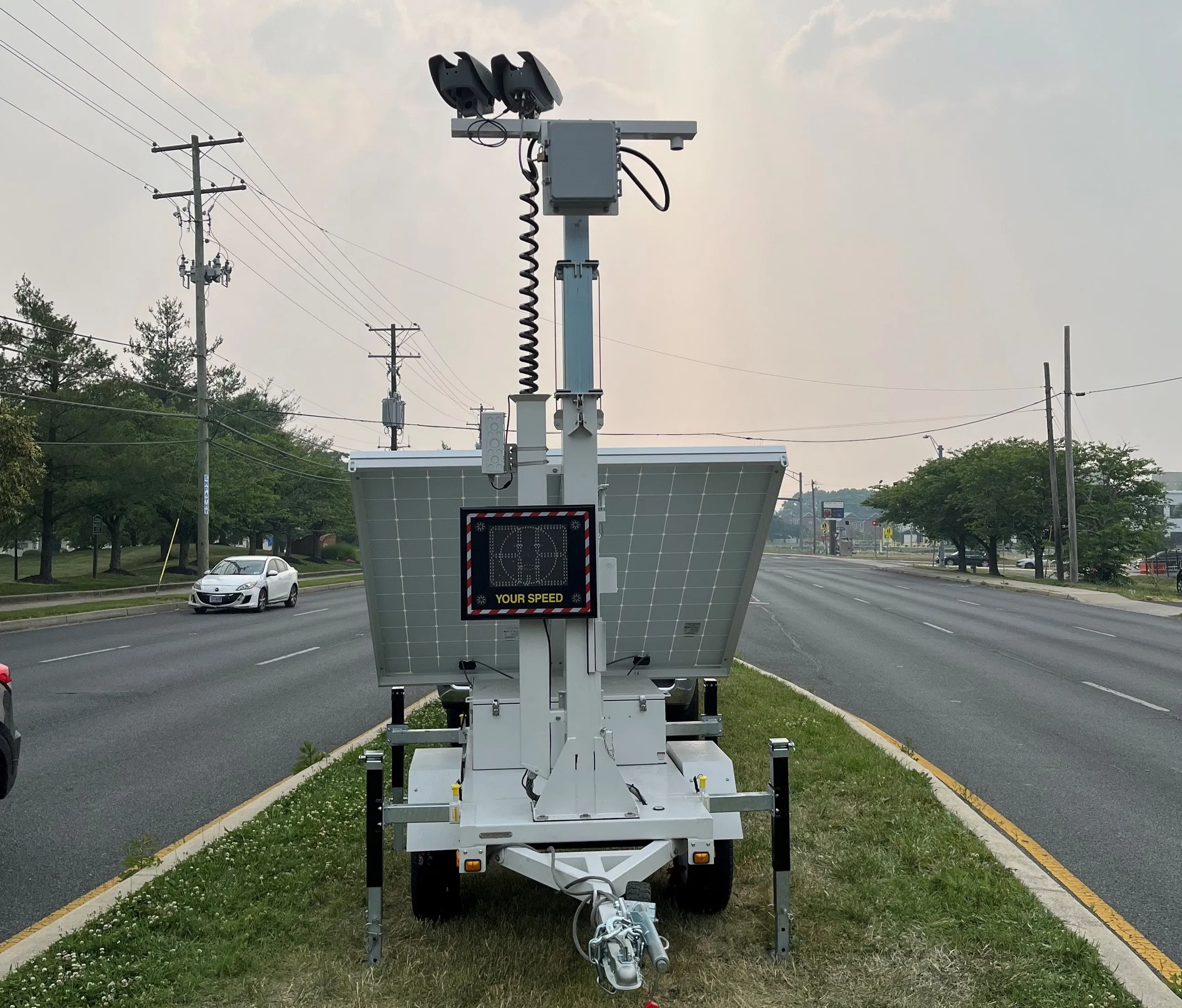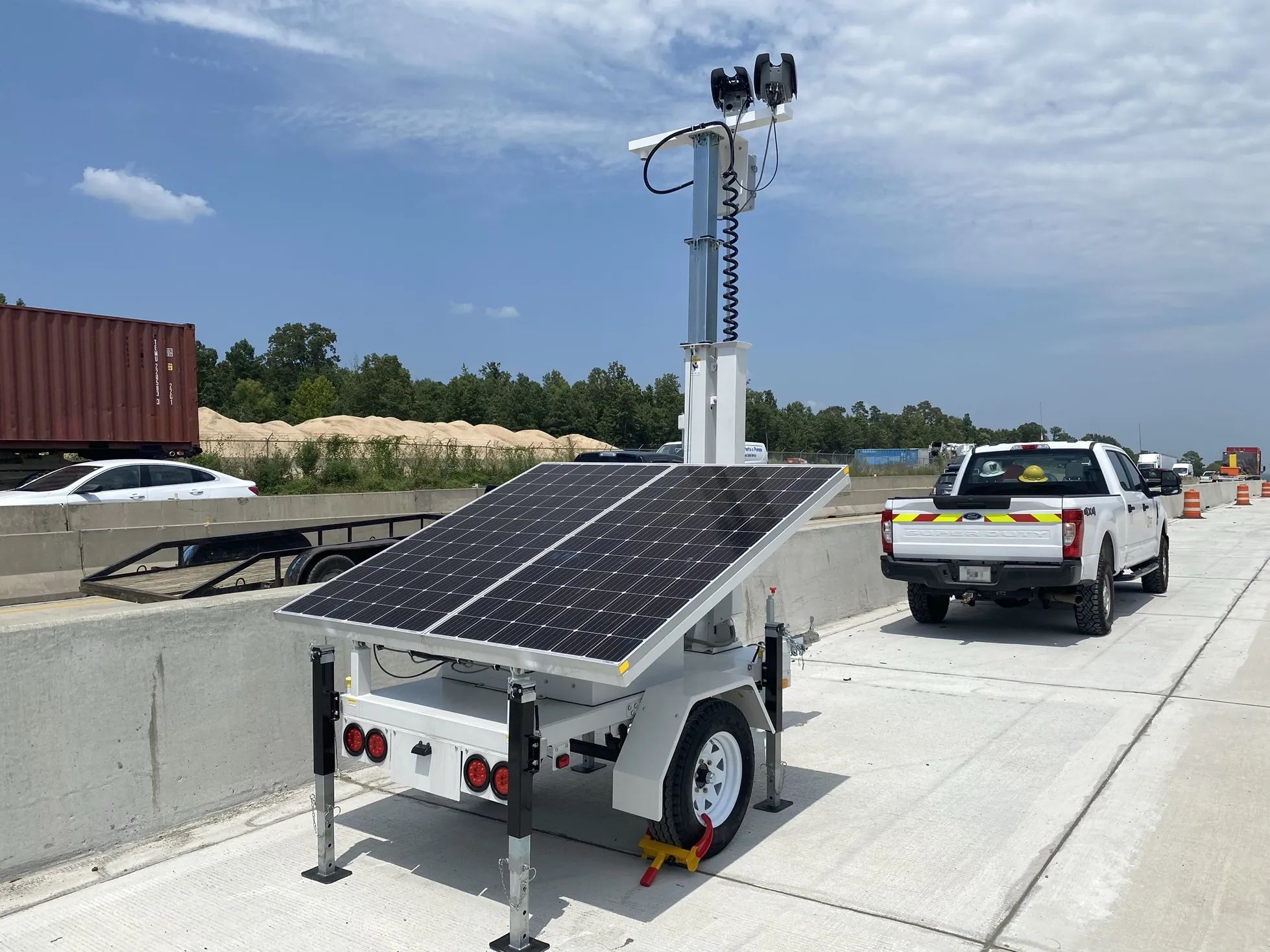The Seattle Smarter Highways initiative has been recognised by
“As public agencies are being asked to do more with less, the Smarter Highways initiative is a great example of how technology can improve highway efficiency, reduce crashes and ease frustration for area commuters without having to build costly new infrastructure,” said ITS America President and CEO Scott Belcher.
Similar initiatives in Europe have resulted in 30 per cent fewer injury collisions, and this project is one of the first deployments in the United States. Using real-time traffic speed and volume data gathered from pavement sensors, WSDOT has deployed 97 electronic overhead signs stationed every half-mile along I-5. Depending on traffic conditions, drivers will see variable speed limits, lane status alerts, and real-time information about traffic incidents, backups and alternate routes. Future plans call for ITS technology to be installed on other major travel corridors in the congested Seattle region, including I-90, SR 520 and I-405.
The system automatically adjusts speed limits based on real-world traffic conditions, with staff at WSDOT’s traffic management centre continuously monitoring traffic conditions and making necessary adjustments, including closing lanes as needed to help emergency personnel respond quickly to crashes and other incidents. In additional, the signs provide advance notice of lane mergers and closures, allowing drivers to change lanes ahead of time or exit the highway to avoid traffic jams. By knowing in advance about lane closures and traffic back-ups, drivers have more time to adjust their speed and reduce the risk of rear-end collisions.
From 2005 to 2009, there were an average of 434 collisions each year on the seven-mile stretch of northbound I-5 between Boeing Access Road and I-90. Two-thirds (or 287) of these collisions were rear-end crashes typically caused by congestion that could potentially be avoided by alerting drivers in advance about traffic back-ups.
“It’s exciting to see this leading edge technology in place and watch it respond dynamically to traffic on one of our busiest corridors” said WSDOT Division Director Craig Stone. “Drivers are paying attention to the information displayed on the signs and are following the directions. The system has only been active a few days but so far, we are pleased with it.”
The new technology is a key element of WSDOT’s congestion relief programme, Moving Washington, and will help manage traffic during major construction on the Alaskan Way Viaduct, one of the most heavily travelled north-south routes for freight and commuters through the Seattle area.









